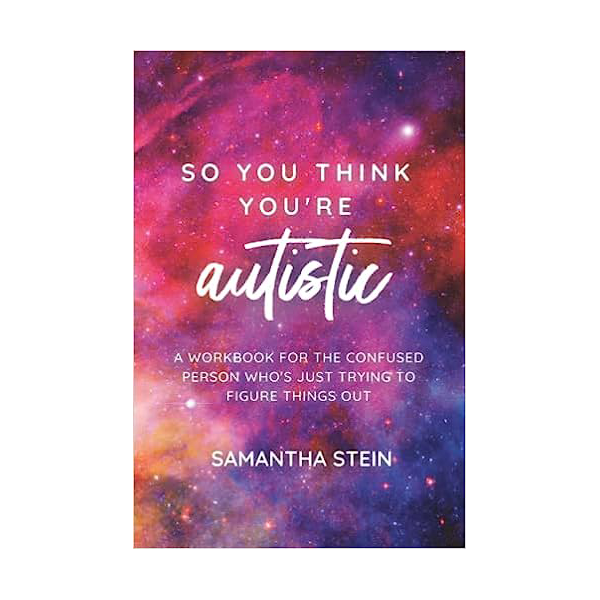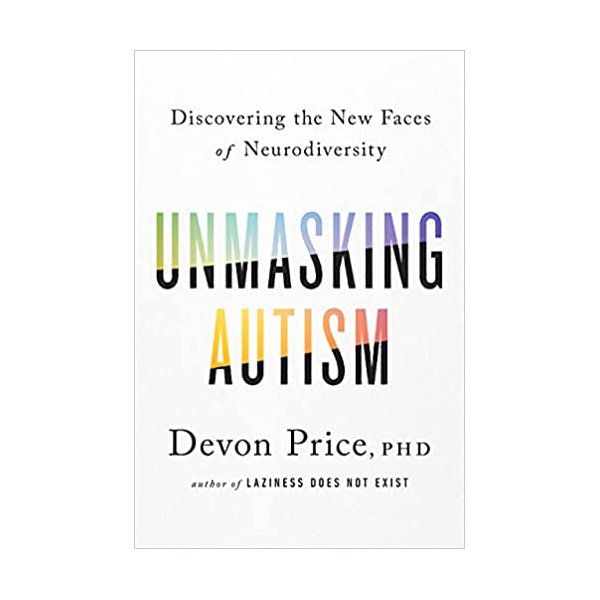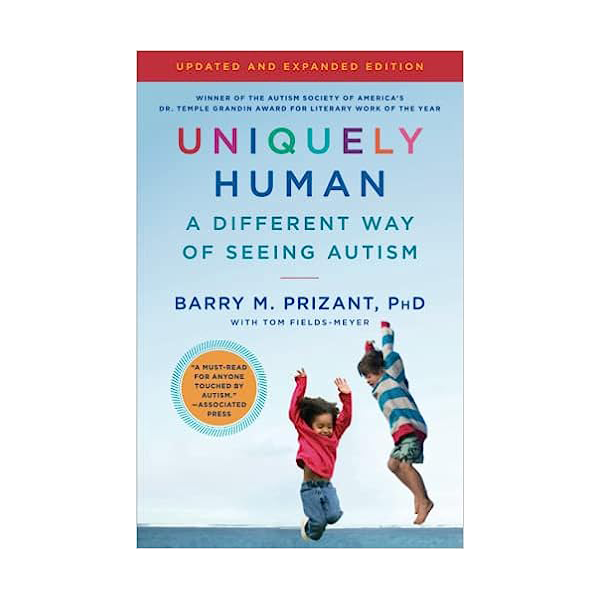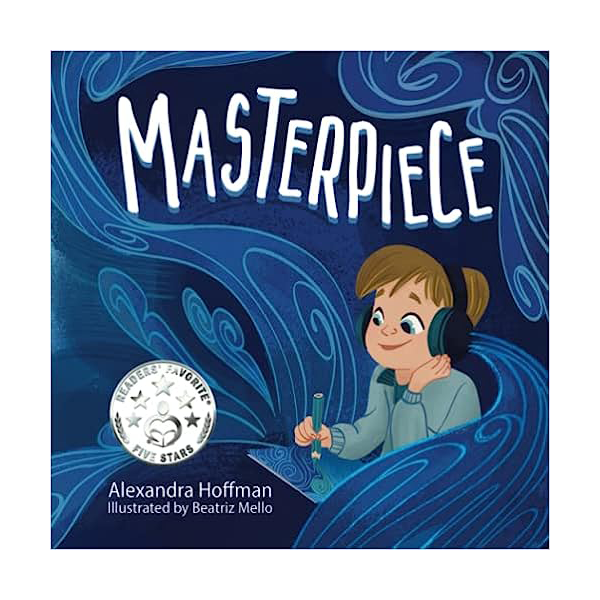AuDHD: The Combined Forces of ADHD and Autism
“Hi, I’ll have the Super Spicy Combo please”
ADHD and Autism are both neurodevelopmental conditions, and they have plenty in common. They also have some pretty drastic differences. So, what happens when the two team up together in one person’s mind? The emerging term AuDHD refers to that exact situation.
Is it common to have both?
In a word, yes. The exact details for how common, though, are a little fuzzy. Depending on the source, you’ll find a wide variety of statistics. According to CHADD.org, “More than half of all individuals who have been diagnosed with ASD also have signs of ADHD.” Having one condition doesn’t mean that you’ll certainly have the other. But, if you have been diagnosed with one and you feel like you have signs of the other, it’s worth exploring.
Overlapping Symptoms and Experiences
To complicate the topic, autism and ADHD share quite a few symptoms in common – even when presenting individually.
- Attention Difficulties: Both people with ADHD and with autism might have trouble sustaining attention in tasks or play activities.
- Hyperactivity: This is more commonly associated with ADHD but can also be seen in some people with autism. It can manifest as fidgeting, tapping, or talkativeness.
- Impulsivity: Both conditions might cause someone to act without thinking first, particularly children. This can result in interruptions, hasty decisions, or difficulty waiting one’s turn.
- Social Misunderstandings: Individuals with ADHD might interrupt frequently, miss social cues, or have trouble listening to others, while individuals with autism might struggle with understanding social norms or reading social cues.
- Difficulty with Transitions: Transitioning from one task or activity to another can be overwhelming for people with either condition.
- Sensory Sensitivities: Some people with autism are especially sensitive to sensory stimuli such as lights, sounds, or textures. However, there’s growing recognition that sensory issues can also affect people with ADHD, though it might manifest differently.
- Executive Function Challenges: Both ADHD and autism can be accompanied by difficulties with executive functions like organizing, planning, and prioritizing tasks.
- Repetitive Behaviors: While repetitive or “stimming” behaviors like hand-flapping or rocking are more commonly associated with autism, individuals with ADHD can also have repetitive actions or habits.
- Focus on Specific Interests: Just as a person with autism might become deeply interested and focused on a specific subject, someone with ADHD might also hyperfocus on an activity or topic of interest, though the context and duration might be different.
All these overlapping experiences can make the two conditions difficult to untangle from each other to begin with. The combined presentation, then, of ADHD and autism can lead to heightened or more intense symptoms. According to SpectrumNews.org, “People who have traits that stretch across both autism and ADHD diagnoses often face more serious challenges than people with either diagnosis alone: They can have greater impairments in adaptive functioning, a term that refers to self-care and daily living skills, and more severe social and cognitive issues.”
On the Go, But Where To? A Look at Executive Functioning
Executive functions serve as our cognitive command center. For those with AuDHD, tasks like organizing, planning, and maintaining attention can be a rollercoaster ride. Executive functioning skills can be learned. For those of us with neurodevelopmental disorders, though, it takes more intention to learn them. Executive functioning is such a challenge for us neurospicies, that we’ve started coming up with more fun terms for our challenges (enter ADHD paralysis). PDA, or pathological demand avoidance, is typically associated with autism and can complicate these struggles even further.
Parents of kids with AuDHD might see them struggle to get started with chores or homework. Or, kids might struggle to turn a big project like “clean your room” into the individual tasks it takes to complete them (“put dirty clothes in the hamper” and “put your toys away”).
In fact, it seems like I’m only able to get into a groove with writing this article when I’m about to leave to go somewhere else. There’s a funny irony to my own executive functioning challenges that I’m experiencing, while writing about executive functioning. The impulsivity from ADHD combined with a need for routine from autism can create an interesting dance of cognitive strengths and challenges.
Feeling the World Intensely: The Dance of Sensory Sensitivities
Imagine hearing background noises with the same intensity as the primary conversation, or feeling the textures of everyday materials as if they were magnified. Sensory experiences are amplified for many with AuDHD, leading to unique interactions with their environment.
These experiences can be difficult to identify, because they are so subjective. Everyone has a little bit of sensory sensitivity here or there. The phrase “nails on a chalkboard” has become an idiom because we can all relate to how much that sound feels like torture. But, for ADHDer, autistics, and AuDHDers, sensory triggers can be hiding everywhere. Someone with these conditions might have very specific preferences about the fabric of their clothes, the hue of their light bulbs, the texture of their foods, and the volume or type of background noise they can tolerate while they work.
Loop earplugs can help with the auditory sensory issues, and there are other products and strategies that help AuDHDers to live more comfortably.
Navigating the Social Labyrinth
Navigating the social realm with AuDHD is akin to traversing a maze with shifting walls. The impulsive nature of ADHD might lead to speaking out of turn, while the autism aspect could cause challenges in reading social cues.
On top of all of this, neurodivergent people in general tend to receive a significant amount of negative social feedback during their formative years. Rejection sensitive dysphoria is a common experience among people with ADHD and autism, too. Together, these factors can create a perfect storm of social anxiety. It’s important to know that anxiety is a very normal response.
It’s a spectrum of social experiences that requires patience, understanding, and often, guidance.
Harnessing the Power Within: Amplifying AuDHD Strengths
While AuDHD can present some challenges, those living with it often exhibit incredible strengths, such as intense focus, passion, and out-of-the-box thinking. Having someone with AuDHD on your team can lead to more effective problem-solving, more creative work, and honestly, in our opinion, a way less boring meeting. People with autism, ADHD, and AuDHD drive innovation in this world, and their gifts should be treasured!
AuDHD is more than just a convergence of ADHD and autism. It’s a unique experience that requires understanding, support, and tailored approaches. Select resources and strategies that align with your journey. Remember, with the right knowledge and tools, every challenge can be transformed into an opportunity for growth!
A final note about us
We’re not doctors, and we absolutely believe in science. Our resources here are informative only, and should not be taken as medical advice. We’ll update our content as new research emerges, so if you see something that’s gotten out-of-date, please send us a message!
Neurospicy Stuff
-

So you think you’re autistic: A workbook for the confused person who’s just trying to figure things out Paperback




Leave a Reply
You must be logged in to post a comment.